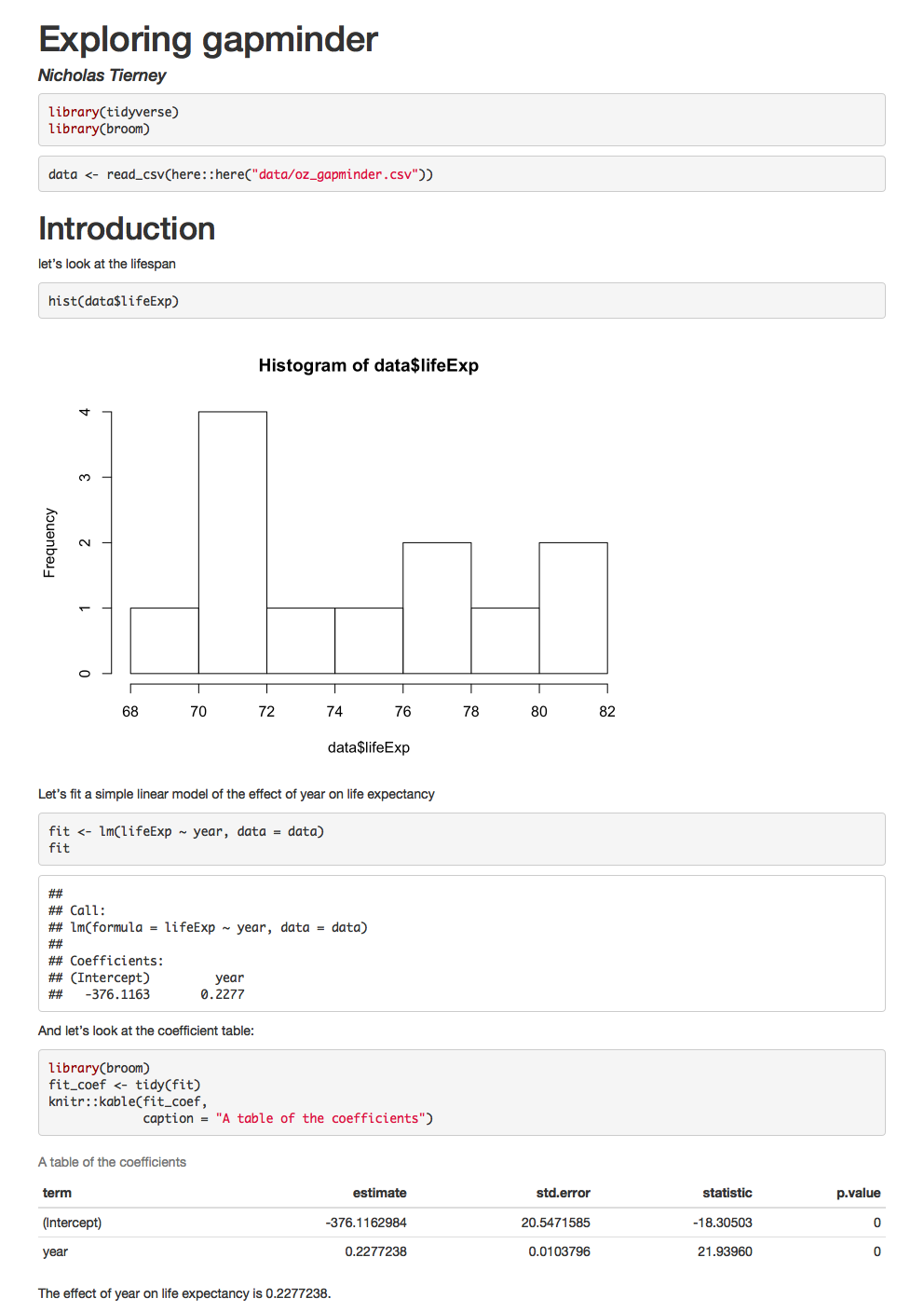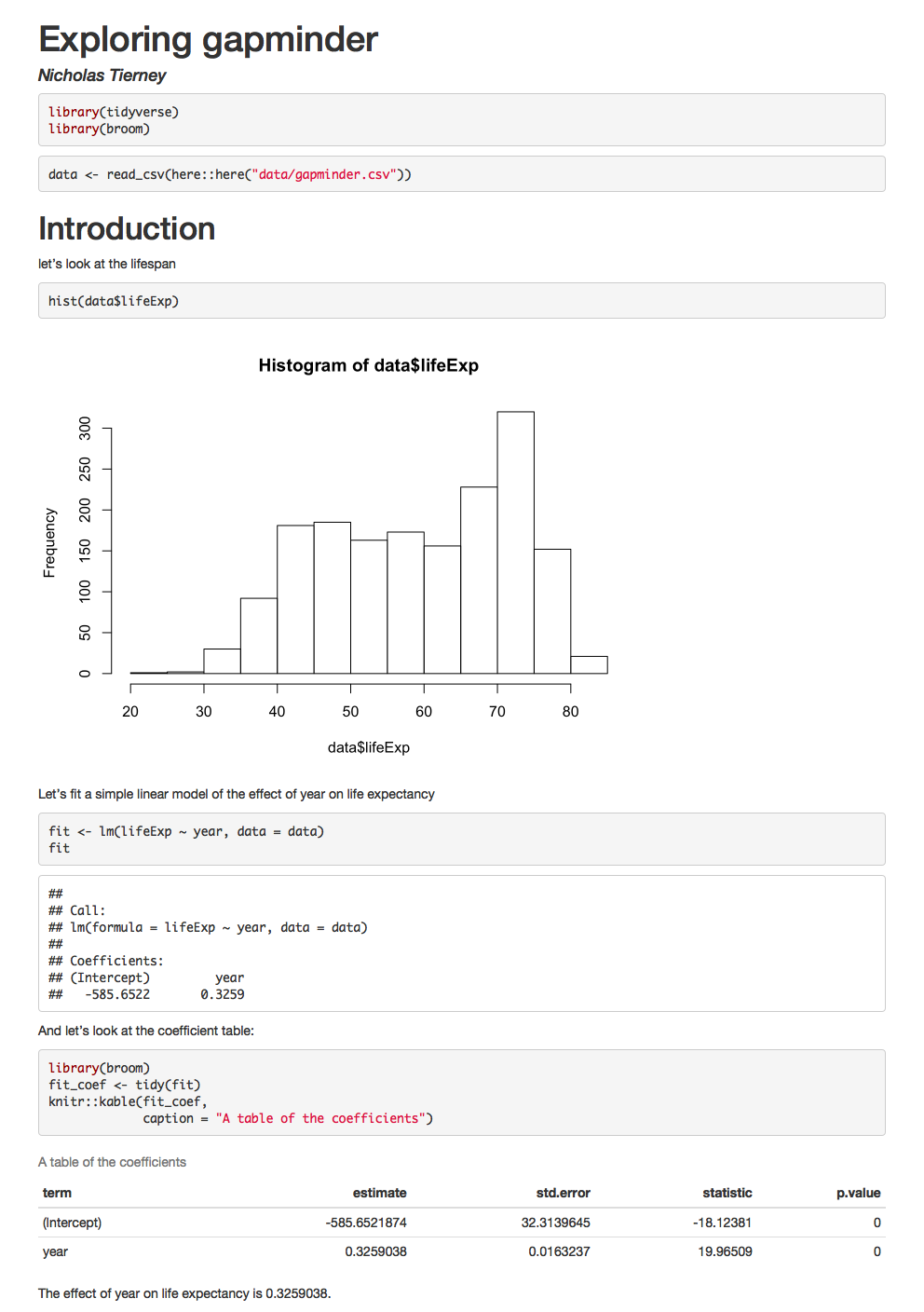# computer code goes in three back ticks
1 + 1[1] 22 + 2[1] 4For a scientific report to be completely credible, it must be reproducible. The full computational environment used to derive the results, including the data and code used for statistical analysis should be available for others to reproduce. quarto is a tool that allows you integrate your code, text and figures in a single file in order to make high quality, reproducible reports. A paper published with an included quarto file and data sets can be reproduced by anyone with a computer.
The goal of this section is to briefly discuss why we want to learn quarto, the benefits, and the barriers to using it.
We are in a crisis at the moment where a lot of people cannot reproduce scientific work. This isn’t just a few people, and it’s not cheap. Estimates say that in the biomedical industry, in the USA, irreproducibility (not being able to reproduce a given piece of work) costs $28 Billion dollars annually 1. That’s one country, one field, and one year.
So what can we do about it?
The idea of literate programming shines some light on this dark area of science. This is an idea from Donald Knuth where you combine your text with your code output to create a document. This is a blend of your literature (text), and your programming (code), to create something that you can read from top to bottom. Imagine your paper - the introduction, methods, results, discussion, and conclusion, and all the bits of code that make each section. With rmarkdown, you can see all the pieces of your data analysis all together.
This was a popular idea, and it has had some interesting discussion and contributions over the years. Notably, in the R ecosystem, the Sweave (S+weave) program provided a way to write text and code together. As with any technology, there were some speedbumps with using Sweave, and some of the reasons we are not teaching it now is because:
In 2004, John Gruber, of daring fireball created Markdown, a simple way to create text that rendered into an HTML webpage.
For example,
- bullet list
- bullet list
- bullet list
1. numbered list
2. numbered list
3. numbered list
__bold__, **bold**, _italic_, *italic*
> quote of something profound```r
# computer code goes in three back ticks
1 + 1
2 + 2
```Would be converted to:
bold, bold, italic, italic
quote of something profound
# computer code goes in three back ticks
1 + 1[1] 22 + 2[1] 4With very little marking up, we can create rich text, that actually resembles the text that we want to see.
Some other nice features of Markdown include:
| feature | markdown | rendered |
|---|---|---|
| superscript | 2^nd^ |
2nd |
| subscript | CO~2~ |
CO2 |
| strikethrough | ~~mistake~~ |
|
| links | [text](http:://www.example.com/your-link-goes-here) |
text |
| images |  |
 |
So, how do we combine this with our R code, into a literate programming environment?
rmarkdown provides an environment where you can write your complete analysis, and marries your text, and code together into a rich document. You write your code as code chunks, put your text around that, and then hey presto, you have a document you can reproduce.
For example, look at the following report:

How did we generate it?
---
title: "Exploring gapminder"
author: "Nicholas Tierney"
output: html_document
---
```{r library, message = FALSE}
library(tidyverse)
library(broom)
```
```{r data-read-in, message = FALSE}
data <- read_csv(here::here("data/oz_gapminder.csv"))
```
# Introduction
let's look at the lifespan
```{r hist-life-exp}
hist(data$lifeExp)
```
Let's fit a simple linear model of the effect of year on life expectancy
```{r example-lm}
fit <- lm(lifeExp ~ year, data = data)
fit
```
And let's look at the coefficient table:
```{r coef-table}
library(broom)
fit_coef <- tidy(fit)
knitr::kable(fit_coef,
caption = "A table of the coefficients")
```
The effect of year on life expectancy is `r fit_coef$estimate[2]`.We render this code and it creates this report!
It has a plot, it has a table, we even refer to some of the values in the text - the last line of the report looks at the effect of year.
But what if the data changes? At the moment we are looking at only Australia - say we get the full dataset, what happens then?
Say you’d created your report by hand in microsoft word, and with a graphical user interface software.
You would need to:
This is painful.
And what if someone wants to know exactly how you did your analysis?
This process isn’t exactly sharable.
But if you did it in R Markdown?
Just update the data, and render the document again, and get an updated document:

The results are different!
And we just pointed it to some different data. Then re-rendered it.
That’s it.
That is why we use R Markdown.
In this section we’ve learned about:
The article, Freedman, 2010, Heard via Garret Grolemund’s great talk↩︎